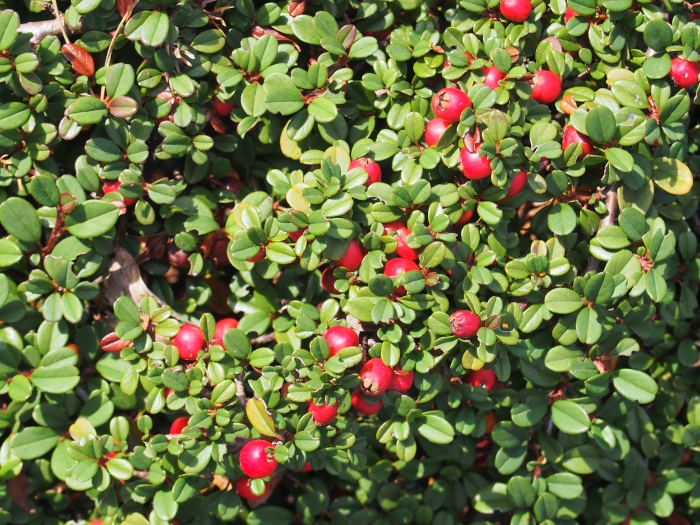Littleleaf Cotoneaster
(Cotoneaster microphyllus)
Littleleaf Cotoneaster (Cotoneaster microphyllus)
/
/

Agnieszka Kwiecień, Nova
CC BY-SA 4.0


















































Estimated Native Range
Summary
Littleleaf Cotoneaster is valued for its low maintenance, drought tolerance, and ability to stabilize slopes, making it a popular choice for ground cover, rock gardens, and erosion control. It thrives in full sun to part shade and prefers well-drained soils but can adapt to various soil types. While it requires minimal watering once established, overwatering should be avoided. Gardeners should be cautious of its invasive potential outside its native range and its susceptibility to fire blight, a bacterial disease that can cause significant damage to the plant.CC BY-SA 4.0
Plant Description
- Plant Type: Shrub
- Height: 2-3 feet
- Width: 6-8 feet
- Growth Rate: Moderate
- Flower Color: White
- Flowering Season: Summer
- Leaf Retention: Evergreen
Growth Requirements
- Sun: Full Sun, Part Shade
- Water: Low, Medium
- Drainage: Medium, Fast
Common Uses
Bank Stabilization, Bee Garden, Bird Garden, Border Plant, Butterfly Garden, Deer Resistant, Drought Tolerant, Edible*Disclaimer: Easyscape's listed plant edibility is for informational use. Always verify the safety and proper identification of any plant before consumption., Erosion Control, Groundcover, Hedges, Hummingbird Garden, Low Maintenance, Rabbit Resistant, Rock Garden, Street Planting
Natural Habitat
Rocky hillsides, slopes, and cliffs, primarily on limestone substrates in the Himalayas and parts of Western China
Other Names
Common Names: Small-Leaf Cotoneaster}Kleinblättrige Zwergmispel, Dvärgoxbär, Smallleaf Cotoneaster, Xiao Ye Xun Zi
Scientific Names: , Cotoneaster microphyllus, Cotoneaster microphyllus var. cochleatus, Cotoneaster microphyllus var. microphyllus, Cotoneaster buxifolia f. cochleata, Pyrus microphylla, Cotoneaster emarginata, Cotoneaster rupestris, Mespilus microphylla,
GBIF Accepted Name: Cotoneaster microphyllus Wall. ex Lindl.